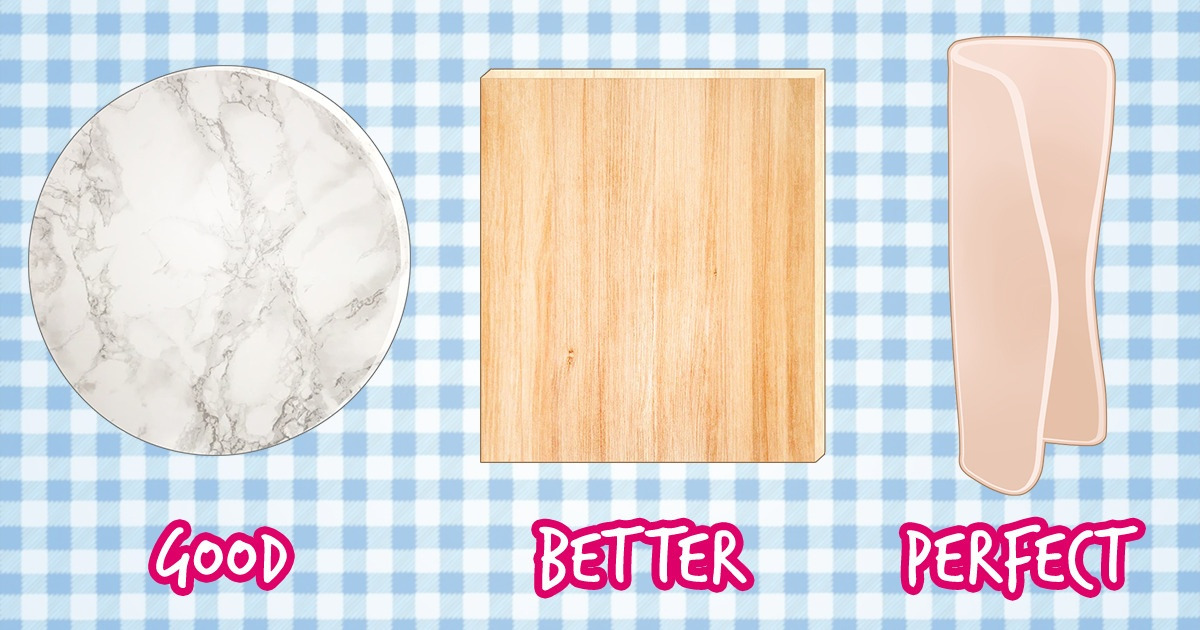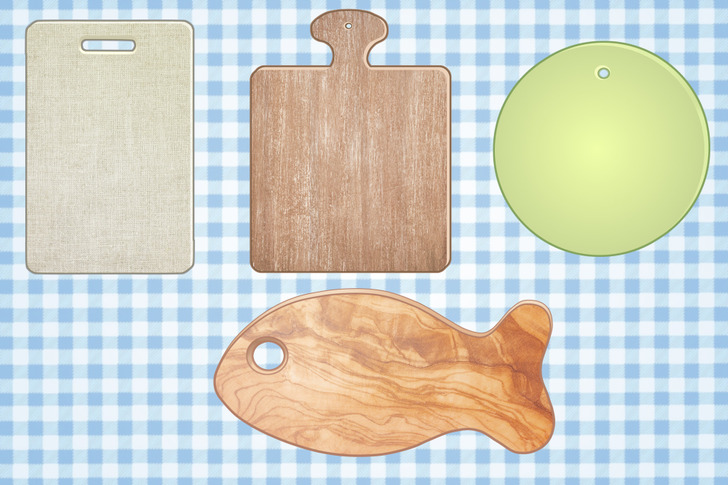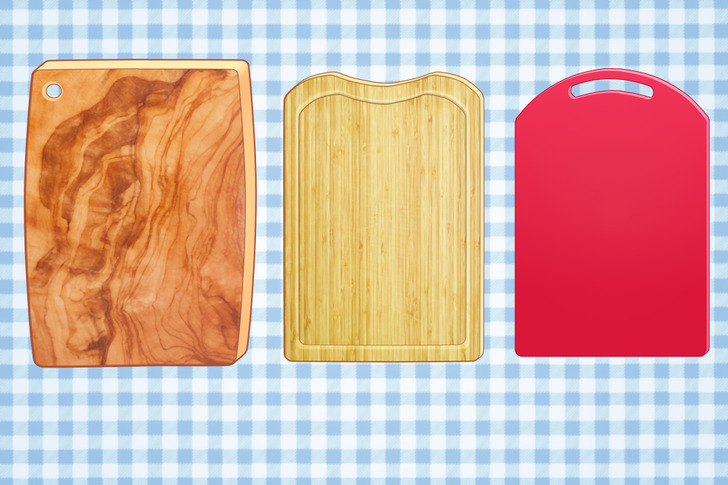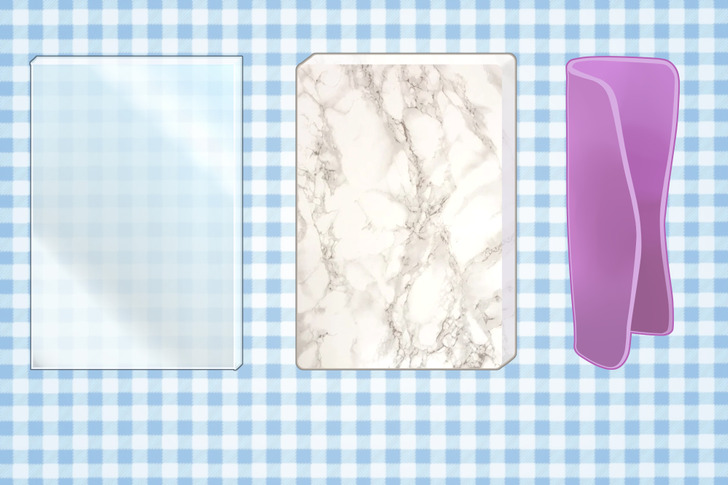Types of Cutting Boards

A cutting board is a must-have for any kitchen and it’s even better when there are several of them for different types of products. However, the variety of shapes, colors, and materials on the market of cutting boards can perplex anyone.
We at 5-Minute Crafts decided to find out what types of cutting boards exist not to get confused when purchasing them anymore.
Shape

- Rectangular. Perhaps this is the most widespread shape of cutting boards. Oftentimes, they have rounded corners. In this case, you won’t have to worry about knocking your hand against the corner of the board.
- Round. Such a board looks very aesthetical but it’s not very convenient to use because its usable area is lost due to the round shape. The board of this shape is often used for demonstrating food and as a serving tray.
- Square. It looks very unusual and interesting but it’s also not very convenient to work on this board because it’s not long enough. For comfortable cooking, it’s better to choose a board of another type.
- Random shape. Most often it comes as a part of the kitchen interior. You’d probably agree that it’s not very convenient to work on a board in the shape of fish, apple, or pineapple.
Material

There are many different materials that cutting boards are made from. We will look at the main ones:
- Wood. This is one of the best materials for cutting boards because wood won’t damage or blunt a kitchen knife. These are durable boards that don’t slip and look quite attractive. However, they are more difficult to clean and disinfect. Moreover, some woods are quite porous and crack easily.
- Bamboo. Bamboo cutting boards are durable and absorb less liquid than wooden boards. This is an environmentally friendly and relatively affordable option. But it is important to know that such boards are not suitable for washing in a dishwasher and lose their resistance to bacteria over time.
- Plastic. Unlike wood, plastic can’t boast antiseptic properties. But it’s also easier to disinfect plastic cutting boards because they are more resistant to chemicals. When used for some time, plastic boards, like wooden ones, get scratched. Small scratches are ok, but if your board has long and deep cuts and scratches, it should be replaced, since bacteria start and multiply faster in such areas than in similar types of damage on wooden boards. Also, plastic boards cannot be used as a hot pad because they can melt.

- Glass. Despite its attractive appearance and seeming convenience, this type of cutting board is not the best choice. There are several reasons for this. First, the glass will easily blunt and even damage the knife. Second, the surface of this board is too smooth and there is a risk to cut oneself when cooking. Moreover, glass is a very fragile material and one small chipped piece is enough to have it in the food, making it unsuitable for eating.
- Marble and granite. One of the ways to check how “kind” your cutting board is to knives is to try to leave a scratch on it. It is good if the scratch stays on the board, not on the knife. However, things are the opposite in the case with marble and granite. But this is a great option for working with dough because these materials retain a cool temperature, and their perfectly smooth surface is convenient for rolling out.
- Silicone and rubber. A rubber cutting board won’t damage the knife, it is easy to wash, and it doesn’t retain moisture and bacteria. In addition, it won’t slide on the table. However, such boards are quite expensive compared to others and are not as aesthetic as, for example, wooden ones. Silicone boards, on the other hand, have all the properties of rubber without the pronounced smell of the latter, and besides, they are heat-resistant.
Check the video for clever hacks to cut and peel fruits and veggies
Share This Article